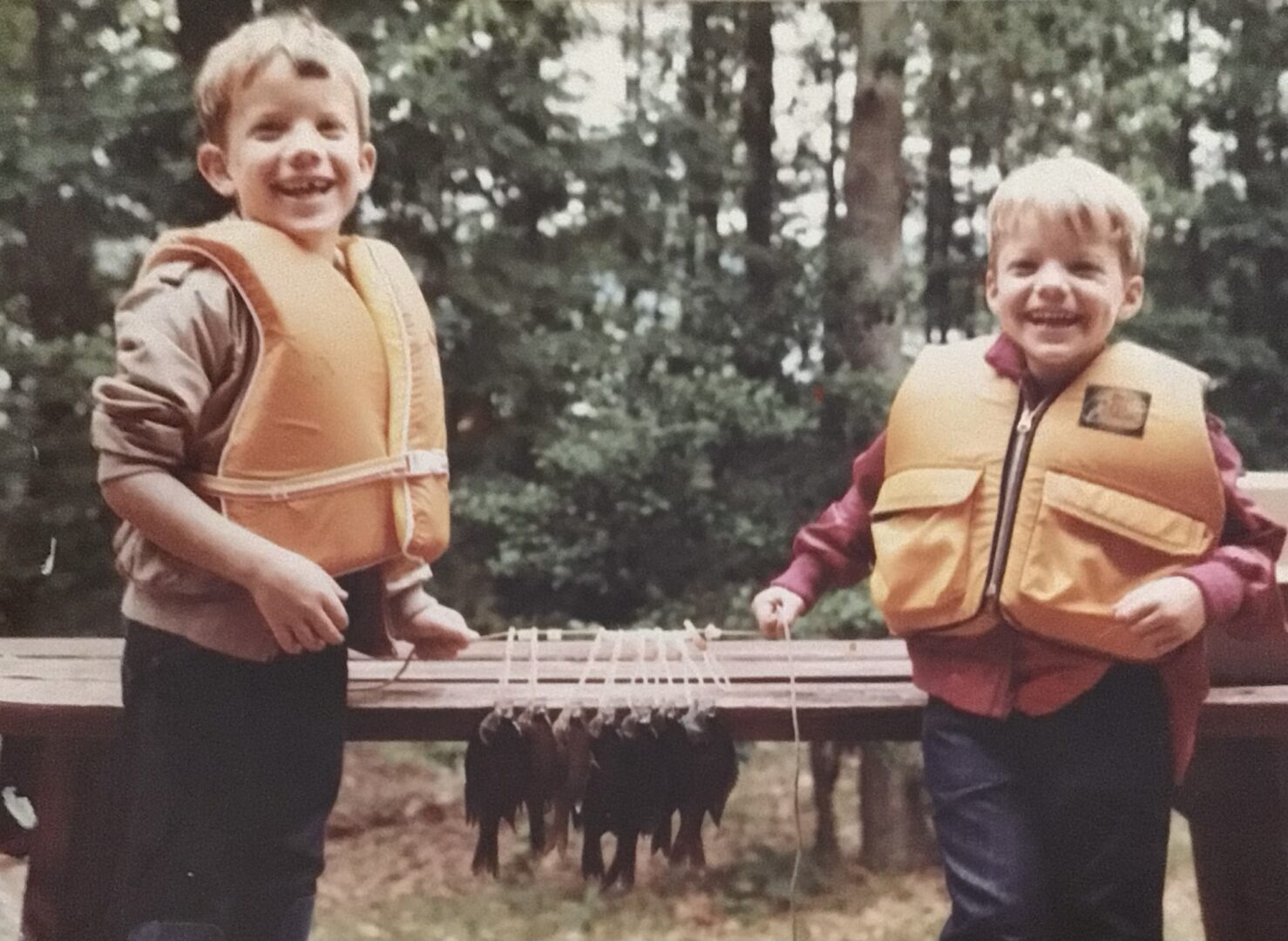For nearly 40 years, John Odenkirk has been the guardian of Lake Anna’s underwater world. As a fisheries biologist with the Virginia Department of Wildlife Resources (DWR), he’s had a front-row seat to the lake’s evolution into one of Virginia’s premier fishing destinations. Recently, I had the chance to sit down with John to discuss the fascinating ecosystem that exists beneath Lake Anna’s surface.
Understanding Lake Anna’s Unique Ecosystem
Lake Anna isn’t your typical reservoir. Created in the early 1970s to support the North Anna Power Station, the lake is split into two distinct sections: the public “cold” side and the private “warm” side. The power plant’s operations create what John calls a “thermally enriched environment” on the private side, where water temperatures run about 14-15 degrees warmer than the public side.
This unique temperature dynamic has created an incredibly diverse habitat. “What’s amazing about Lake Anna is we really haven’t seen the aging process that affects most reservoirs,” John explains. “After half a century, the lake is as productive and the fishing’s as good as I’ve ever seen it.”
Fish Species in Lake Anna: From Bass to Record-Breaking Catfish
The lake hosts around 25 different fish species, with largemouth bass being the star attraction. “Largemouth bass is the bread and butter fish worldwide,” John notes. “It doesn’t matter where you are, it’s the fish that attracts the most attention.”
But perhaps the most legendary Lake Anna resident was Cindy, a channel catfish that made headlines 20 years ago. Found during a routine gill net survey near the dam, this monster fish pushed 100 pounds and measured nearly six feet long. “She had gotten tangled in our net while trying to eat a three-pound gizzard shad,” John recalls with a chuckle. The team successfully released Cindy back into the depths of Lake Anna, where she likely still holds court as the lake’s largest known inhabitant.

Managing Lake Anna’s Fish Habitat
The DWR team employs various techniques to monitor and maintain the lake’s fish population. Their primary tools are electrofishing surveys in spring and gill net surveys in winter. These methods help track fish abundance and size distribution, crucial data for managing the lake’s ecosystem.
But it’s not just about monitoring. The team actively works to improve fish habitat through various initiatives, including the installation of “fish havens” – underwater structures that provide shelter for fish. “We’ve started working with these things called fish habitats,” John explains. “They’re four-foot cubes constructed with plastic slats that create essentially fish condominiums.”
The Public vs Private Side: How Temperature Affects Fish
The temperature difference between the lake’s two sides creates distinct fishing opportunities. The warmer private side provides excellent conditions for certain species, while the public side’s cooler waters support others. This diversity has led to the introduction of hybrid striped bass, which John explains are better suited to handle the lake’s warm waters than pure striped bass.
Lake Anna’s Future: A Healthy, Growing Fishery
Despite challenges like invasive species and habitat changes, Lake Anna’s future looks bright. “The lake is as productive and the fishing’s as good as I’ve ever seen it,” John emphasizes. The DWR’s careful management, combined with the lake’s unique characteristics, has created a sustainable fishery that continues to thrive after 50 years.
For anyone interested in experiencing Lake Anna’s exceptional fishing, John recommends the mid-lake region, particularly around the 208 Bridge area. Whether you’re a serious angler or just looking to cast a line, Lake Anna’s waters offer something for everyone. Just don’t expect to catch Cindy – she’s earned her retirement in the depths near the dam.
